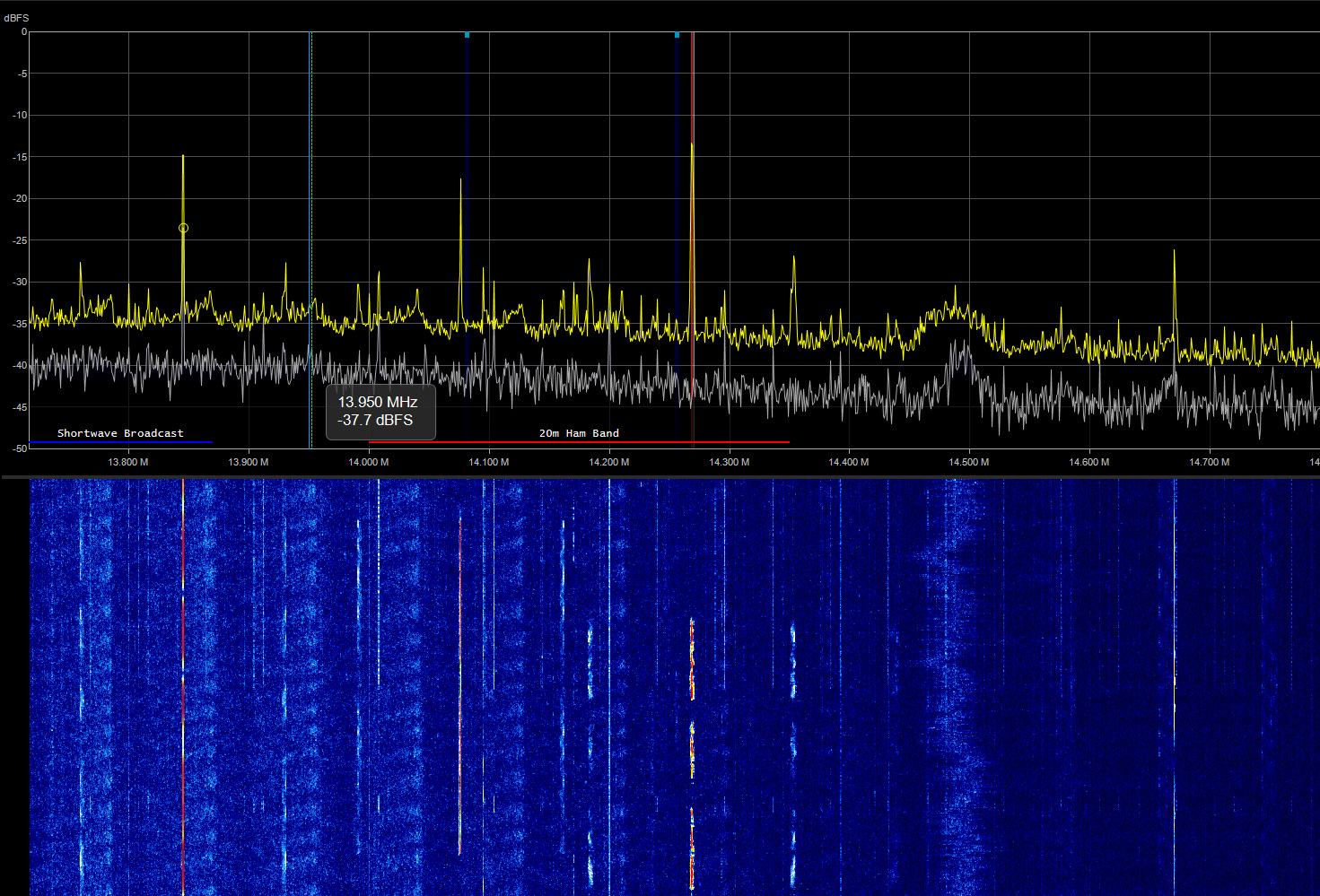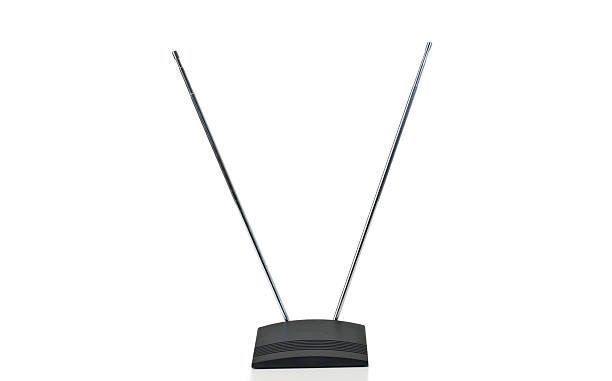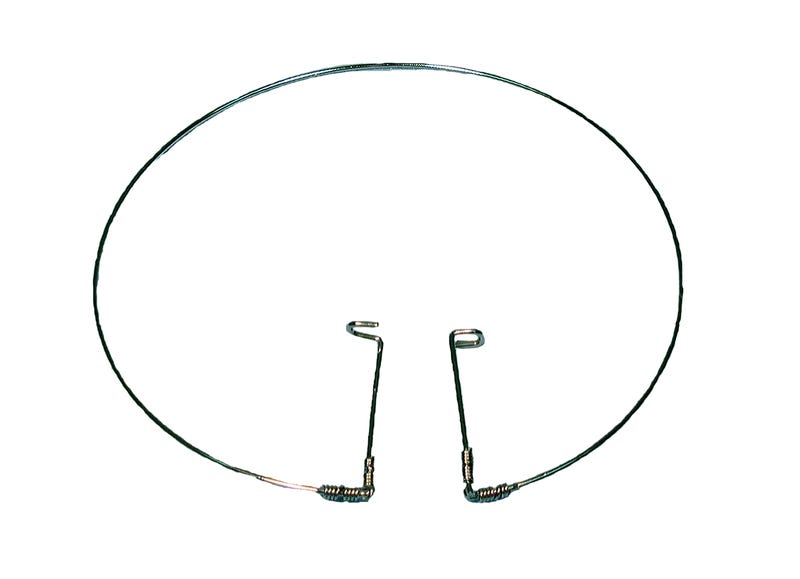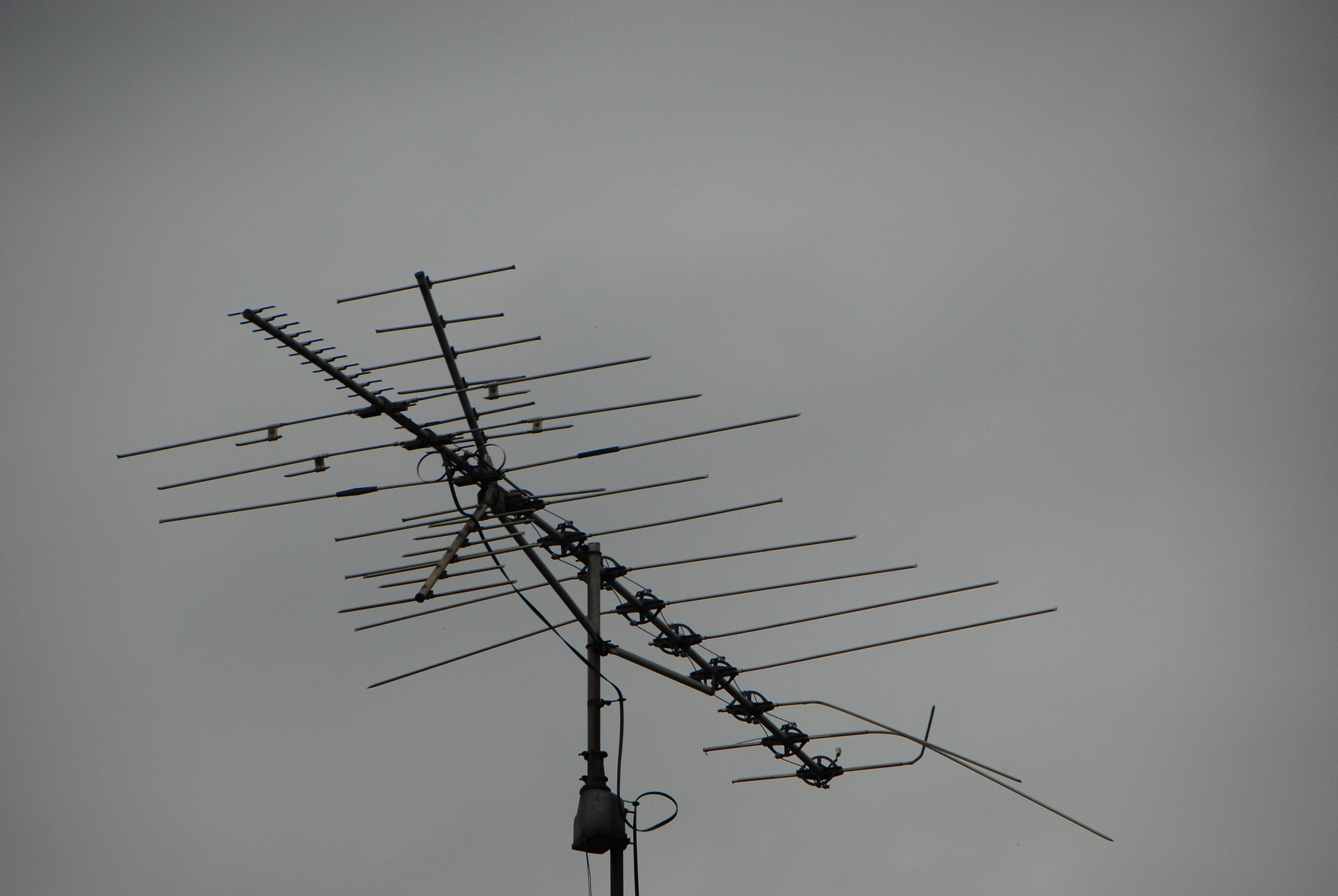Radio Ramblings (19 December 2023 CE)
So, last week, I posted about falling down the Amateur Radio rabbit hole, and asked if people wanted to hear more about it. Of the votes received, all but one said, “Yes”, and the one said, “Meh?”, so I’m going to call that a pretty strong “yes, please, ramble about radio”.
I may separate it out to its own section or publication at some point, but for now, it’ll live here, and I’ll just tag it appropriately.
Last week, I took my Amateur Radio Technician Class License exam. It’s the first time I’ve taken a test in…it could be 32 years? Yeah, that sounds about right. So as you might imagine, I was a little nervous, and it was all a little weird. I passed with room to spare, so in a few days, barring bureaucratic snafus, I’ll be a licensed Technician Class operator.
In the meantime, all I can do is listen, but that’s not a bad thing at all. One of the maxims of learning this hobby is to listen a lot more than you talk. I have an RTL-SDR USB dongle that provides software-defined radio to any computer. It comes with two antennas that are really meant for listening in on the VHF and UHF bands (which is most of what I’ll be able to use once I’m licensed), but it can accept any antenna you feed it. I bought an inexpensive magnetic loop antenna for listening to the HF bands (shortwave) as well, and started using it today. I had been getting some shortwave with the other antennas, but it’s definitely better with an antenna made for it.
In both cases, I’ve been using the antennas1 in my offices, which means I’m not getting the best results. One thing I’m still figuring out is how I’m going to eventually rig one or more antennas outside and feed them into the house. I already know that I also want a portable rig, too, with easy-to-set-up antennas, as well, and maybe that’ll wind up being my main activity.

The subject of antennas has captured a lot of my attention in the last couple of weeks. As a Nerd of a Certain Age, I grew up when cable television was available, but not quite ubiquitous. We still used antennas on our televisions2. I knew that the rabbit ears were for VHF and the loop was for UHF, but I didn’t know why, and the adjustment of them was pretty much empirical. Did this tweak make that picture better? Then leave it.

I now know that the “rabbit ears” were a half-wave dipole, with each leg of the dipole being roughly a quarter-wavelength. I say roughly, because VHF-TV in the United States actually extends from about 5.5 meters (54MHz, the lower end of old analog channel 2) to 1.4 meters (216MHz, the upper end of old channel 13). In theory, this should have meant shortening the antennas for higher channels, but most people didn’t bother, nor need to. At the power most TV signals were transmitted, the rabbit ears were decently receptive to the entire band, and usually only had to be maneuvered for directionality.

Similarly, the UHF antenna (used for old channels 14-83, occupying 470 through 894MHz, with wavelengths from 63cm through 33cm) is a “loop antenna”, which actually operates on different principles. Every radio wave is a combination of an electrical and a magnetic signal, at right angles to each other. The dipole used for VHF captures the electrical signal, but a loop antenna tries to snag the magnetic signal. Probably, they could have just shipped a smaller dipole, but I suspect they wanted to make the difference between the two bands less confusing by giving the antennas different shapes!
Many modern digital televisions only come with a square-loop antenna, in part because the transition to digital television moved most channels to UHF frequencies, while allowing them to continue to call themselves by their old channel numbers3.
Both types of antennas4 are used in ham radio, along with dozens of others. For example, if you had television aerial on your roof instead of on your television, chances are good you had a Yagi, which is a directional antenna style, and one also used by many hams, often hooked up to a motor so they can remotely rotate the beam and direct both their transmission and reception.

Some hams, for example, swear by just throwing a long wire into a tree, soldering or crimping a connector on one end, and plugging it into an antenna tuner in front of or built into your transceiver! Wire-based antennas can get progressively more complicated, with some being designed to get excellent results on only a specific bandwidth, but not needing an antenna tuner.
Point is…I’m barely scratching the surface (and hopefully not mangling) the stuff I’ve learned recently about antennas…and what I’ve learned is only scratching the surface of what there is to know!
I do love me an irregular plural, so I almost went with “antennae”, but the truth is, so far, nobody actually in the hobby uses that version of the word, so far as I’ve seen or heard. ↩
Even after we got cable, it was only to the living room, so when I inherited the old living room TV, a black-and-white 19” that was also my first computer monitor, I still used antennas to help me tune. ↩
Put another way: channel numbers are now just opaque labels that have nothing to do with frequencies, and everything to do with brand recognition. ↩
And I stress types of antennas. For a lot of ham radio down in the shortwave range, the actual rabbit-ears off a TV would not be useful. However, the 6 meter and 2 meter ham bands are neighbors of the old VHF TV bands. Rabbit ears would probably not do well for transmission, but for listening, they might work fine. The SDR I mention above came, in fact, with rabbit-ears. ↩

